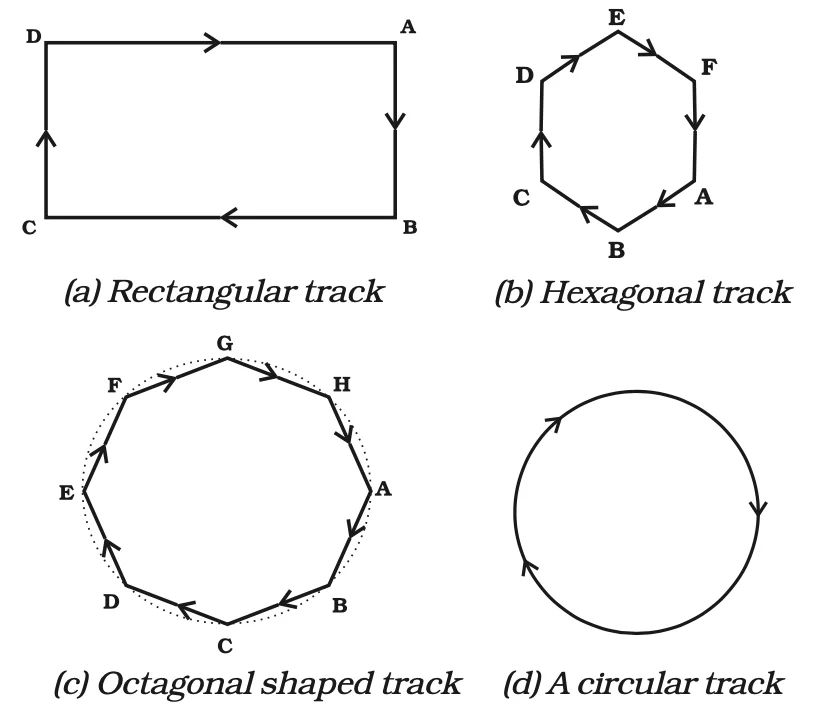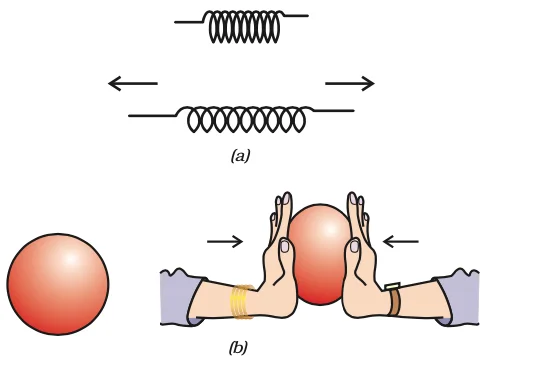![]() 14 Dec 2023
14 Dec 2023
When an object travels in a straight line and experiences uniform acceleration, it abides by certain relationships between its various motion attributes: velocity, acceleration, and the distance covered. These relationships are captured in a set of equations commonly referred to as the “equations of motion”.
Three Primary Equations of Motion:
|
Example: A car accelerates uniformly from 18 km h–1 to 36 km h–1 in 5s. Calculate (i) the acceleration and (ii) the distance covered by the car in that time. Solution: We are given that u = 18 km h–1 =5ms–1 v= 36 km h–1 =10ms–1 and t= 5s. (i) a = v–u / t = 10ms-1 – 5ms-1 / 5s (ii) s = ut + ½ at2 = 5ms–1 × 5s + ½ × 1 ms–2 × (5 s)2 = 25 m + 12.5 m = 37.5 m |
|---|

A Practical Illustration:
Imagine swinging a stone tied to a string in a circular pattern and then releasing it. The stone will dart in a straight line, tangential to its circular route. Why?

<div class="new-fform">
</div>
